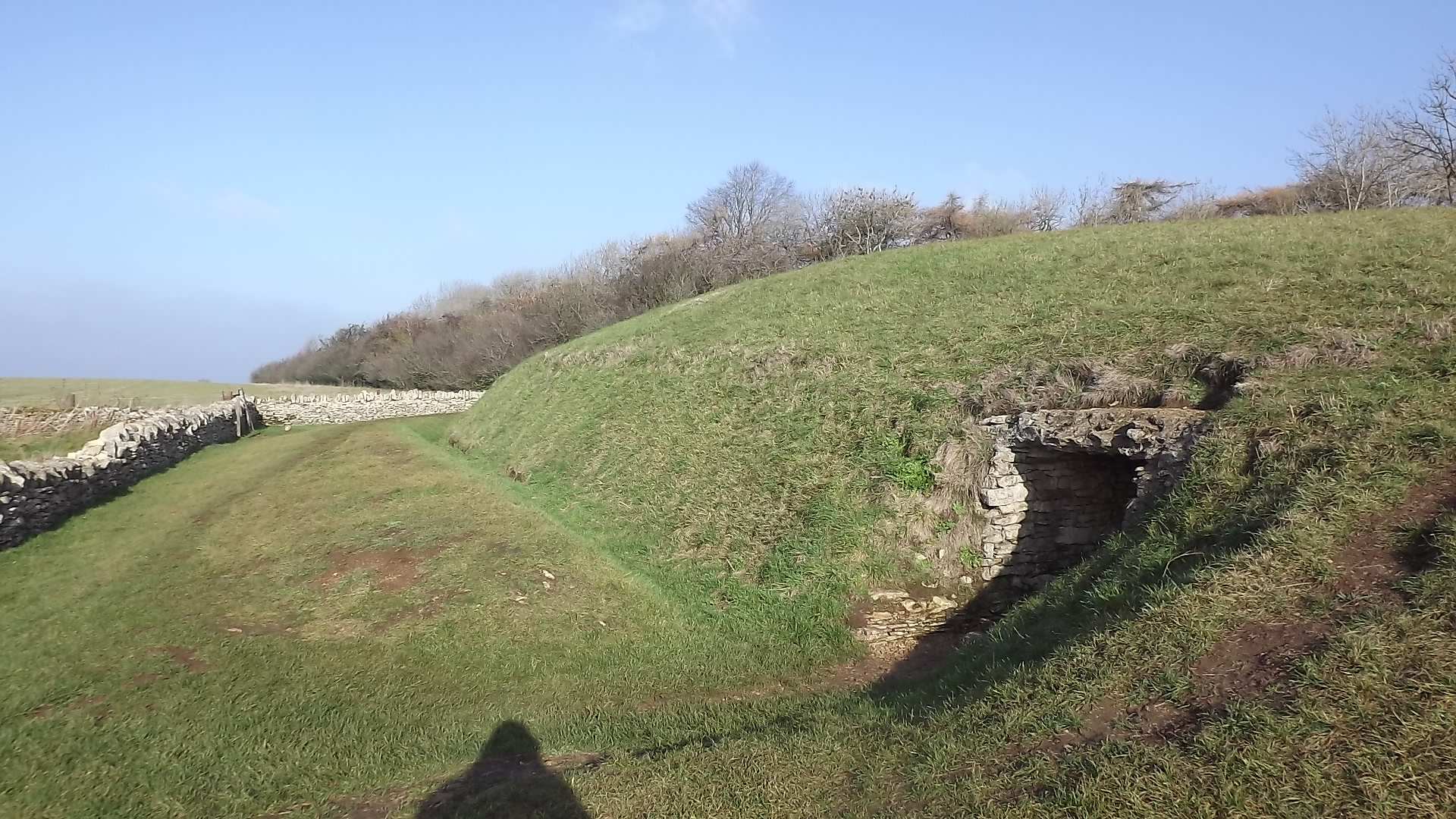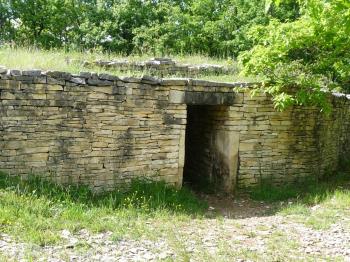Belas Knap long barrow, Gloucestershire
By John Welford
@indexer (4852)
Leicester, England
November 19, 2018 5:33am CST
Belas Knap is a Neolithic long barrow that dates from around 3,700 BC. It is on a ridge of the Cotswold Hills (Cleeve Hill) high above the small town of Winchcombe in Gloucestershire.
Belas Knap is what is known as a chambered long barrow, in that it consists of a mound of earth into which stone-lined burial chambers – now open - were inserted. There are four such chambers at Belas Knap, two on opposites sides about half way along, one at the far end from the “entrance”, and another at the side close to the last-mentioned chamber.
The supposed entrance is actually false, in that the barrow does not contain a central covered way. The mound forms wings or “horns” at one end that guard a small courtyard that was probably used for ceremonial purposes.
The barrow is about 180 feet long, 60 feet wide and 14 feet high at its highest point.
Excavations of the barrow took place in 1863-5 and 1928, which discovered many human and animal remains in the four chambers and hidden behind the stone facing of the false entrance. It is believed that at least 38 people of various ages were buried here over a 100 year period. Some of them showed evidence of having died violent deaths from head injuries.
During the 1928 excavation a considerable amount of restoration work was done to Belas Knap so that it probably looks today much as it did 5,500 years ago. The work involved re-roofing the burial chambers with concrete, but that is the only discordant feature that can be seen here today.
Belas Knap can only be reached on foot, involving a steep climb from the nearest roadside access point. However, the effort is well rewarded, not only for the visit to the ancient monument but also for the magnificent views to be had across the surrounding countryside, given that this is close to the highest point of the Cotswolds.
2 people like this
2 responses
@JohnRoberts (109842)
• Los Angeles, California
19 Nov 18
Is this a protected area now?
1 person likes this
@topffer (42155)
• France
19 Nov 18
There are a few very long barrows in Central-Western France. They have been excavated since the 19th C but there is an increased interest for them actually, with some new excavations. There is a tendency since about 30 years to believe that the exterior cladding of these barrows was visible. I post a photo of the barrow B of La Boixe in the Charente département after a restoration done 25 years ago. This is a large round one (90m of diameter), and what you see is the original entrance.
1 person likes this








